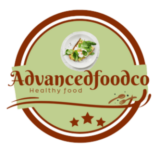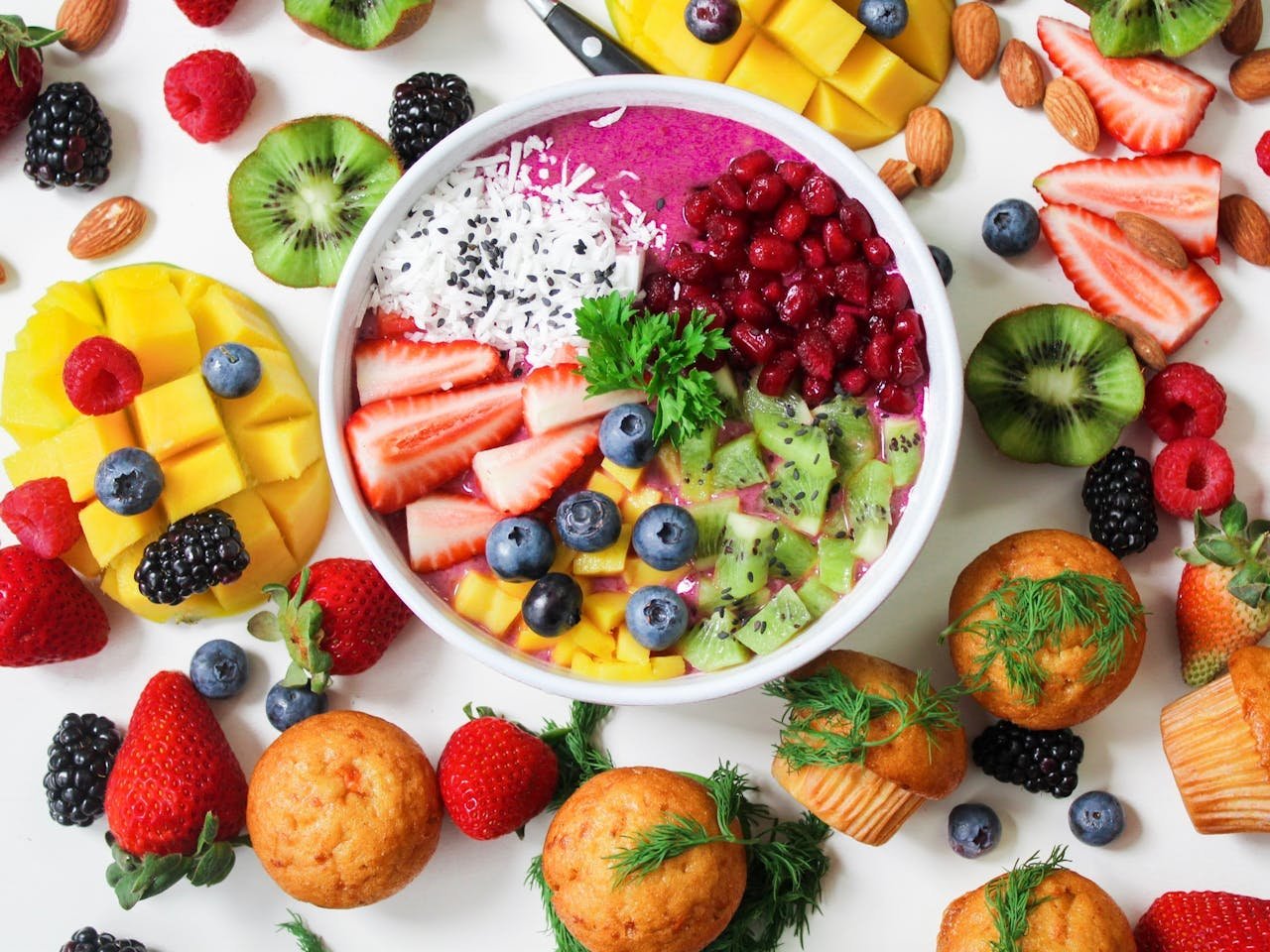
Food and technology—two things we encounter daily—have merged to create something truly extraordinary in 2025. From how our food is grown to how it’s delivered to our plates, technology has completely revolutionized the process. Whether it’s lab-grown burgers or personalized diets based on your DNA, the food world is getting smarter, more sustainable, and, frankly, cooler. Let’s dive into the amazing changes that have reshaped the way we think about food.
The Evolution of Food Technology: Why 2025 Is a Big Deal
Think back to the old days when canned food and frozen dinners were cutting-edge. Fast forward to now, and we’ve come a long way! 2025 is a standout year for food innovation because technology has made leaps and bounds to address big challenges like climate change, food scarcity, and even dietary preferences.
Precision Agriculture: Smart Farming at Its Best

Farmers are no longer just working with tractors and shovels. In 2025, they’re using smart sensors and the Internet of Things (IoT) to monitor soil, water, and crop health.
Why Farming Feels Futuristic
Imagine sensors in the ground sending updates to your phone about when your crops need watering or fertilizer. Add AI to the mix, and you’ve got a system that can predict weather changes or even identify pests before they become a problem. It’s like having a virtual assistant for your farm!
What This Means for You
These tools help farmers grow more food using fewer resources, which means less waste and better prices for consumers. Plus, it’s a big win for the environment.
Lab-Grown Meat: Goodbye, Traditional Farming

By now, you’ve probably heard of lab-grown meat. But in 2025, it’s no longer just a futuristic concept—it’s on menus everywhere.
How It’s Made
Scientists take animal cells and grow them in a lab to create real meat without raising or slaughtering animals. Yes, it’s actual meat—just made differently.
Why It’s a Game-Changer
Lab-grown meat uses far less water and land than traditional livestock farming and produces a fraction of the greenhouse gases. Plus, it’s cruelty-free. If you’re an environmentalist or just someone who loves animals, this is a win-win.
3D Food Printing: Meals at the Push of a Button
If you’ve ever dreamed of customizing your meal down to the tiniest detail, 3D food printing is here to make it happen.
What Is 3D Food Printing?
Using edible “ink” like pureed vegetables or chocolate, 3D printers create intricate shapes and textures. Want spaghetti shaped like a star? Done. A burger with your name etched into the bun? Easy.
Where You’ll See It
From high-end restaurants to hospitals and even space stations, 3D printing is making food more fun, nutritious, and accessible. It’s especially helpful for people with dietary restrictions, as printers can create meals tailored to their needs.
AI in Food: Smarter Processing and Safer Food
Artificial intelligence isn’t just for self-driving cars; it’s making food processing and safety smarter, too.
How AI Improves Food Quality
Picture this: cameras powered by AI scan hundreds of food items per second, spotting imperfections or contaminants that the human eye might miss. This means safer, higher-quality food for everyone.
Why AI Is a Lifesaver
AI also predicts supply chain problems, like shortages or spoilage, before they happen. That means less food waste and more efficient delivery to stores and restaurants.
Blockchain: Your Food’s Digital Diary
Ever wonder where your food really comes from? Blockchain technology gives you the answers.
What It Does
Think of blockchain as a digital ledger that records every step your food takes—from the farm to your table. Just scan a QR code on your groceries, and you can see how it was grown, packed, and shipped.
Why It Matters
This transparency builds trust and makes it easier to track down the source of any safety issues, like contamination. It’s peace of mind in every bite.
Personalized Nutrition: Eating Made Just for You
Have you ever felt like generic diet plans don’t work for you? In 2025, food is becoming personal—literally.
How It Works
Companies analyze your DNA to figure out the perfect diet for your body. Are you sensitive to gluten? Does your body need more protein? Personalized plans answer these questions.
Tech Tools for Nutrition
Wearable devices and apps now track everything from your calorie intake to your hydration levels, offering suggestions in real time. It’s like having a personal dietitian in your pocket!
Alternative Proteins: The New Protein Powerhouses
Protein doesn’t have to come from meat anymore. In 2025, alternatives like plant-based options, insect protein, and algae are mainstream.
Why It’s Cool
These options are sustainable, packed with nutrients, and much easier on the planet. Insects, for example, require very little water and space compared to livestock. And algae? It’s a nutritional goldmine!
What to Try
If you haven’t already, check out plant-based burgers or snacks made with cricket flour. They’re not just good for the environment—they taste amazing too.
Edible Packaging: Bye-Bye, Plastic Waste
One of the biggest innovations of 2025 is edible packaging. Yes, you can eat the wrapper along with your food.
What Is Edible Packaging?
It’s made from natural ingredients like seaweed or rice that are safe to eat. Think of a sandwich wrapped in rice paper—you eat it all without leaving trash behind.
Why It’s a Big Deal
This eliminates single-use plastics and helps fight pollution. It’s also perfect for on-the-go snacks and fast food.
Challenges and the Future of Food Technology
Despite the excitement, there are challenges. Regulations need to catch up with these advancements, and not everyone is on board with ideas like lab-grown meat or insect protein. Educating people and making these technologies affordable will be key to their success.
The Road Ahead
The future of food looks bright. With technology pushing the boundaries, we can expect even more incredible innovations beyond 2025. Hyper-personalized diets, climate-resilient farming, and even better sustainable options are just the beginning.
FAQs
1. How does AI improve food safety?
AI helps detect defects in food and predicts supply chain issues, ensuring safer and more efficient production.
2. What’s the benefit of lab-grown meat?
Lab-grown meat is environmentally friendly, uses fewer resources, and eliminates the need to raise and slaughter animals.
3. Is personalized nutrition effective?
Yes, personalized diets are based on genetic research and have been shown to improve health outcomes.
4. How does blockchain make food safer?
Blockchain tracks every step of the food supply chain, ensuring transparency and quick responses to safety concerns.
5. What’s next for food technology?
Expect more innovations like climate-resilient crops, advanced 3D printing, and hyper-personalized meals tailored to your exact needs.
Let’s celebrate the future of food—it’s never been this exciting or delicious!
Share it:
- Click to share on Facebook (Opens in new window) Facebook
- Click to share on X (Opens in new window) X
- Click to email a link to a friend (Opens in new window) Email
- Click to share on LinkedIn (Opens in new window) LinkedIn
- Click to share on Reddit (Opens in new window) Reddit
- Click to share on X (Opens in new window) X
- Click to share on Tumblr (Opens in new window) Tumblr
- Click to share on Pinterest (Opens in new window) Pinterest
- Click to share on Telegram (Opens in new window) Telegram
- Click to share on Threads (Opens in new window) Threads
- Click to share on WhatsApp (Opens in new window) WhatsApp
- Click to share on Mastodon (Opens in new window) Mastodon
- Click to share on Nextdoor (Opens in new window) Nextdoor
- Click to share on Bluesky (Opens in new window) Bluesky
- Click to print (Opens in new window) Print
Related
Discover more from Advance food co
Subscribe to get the latest posts sent to your email.

